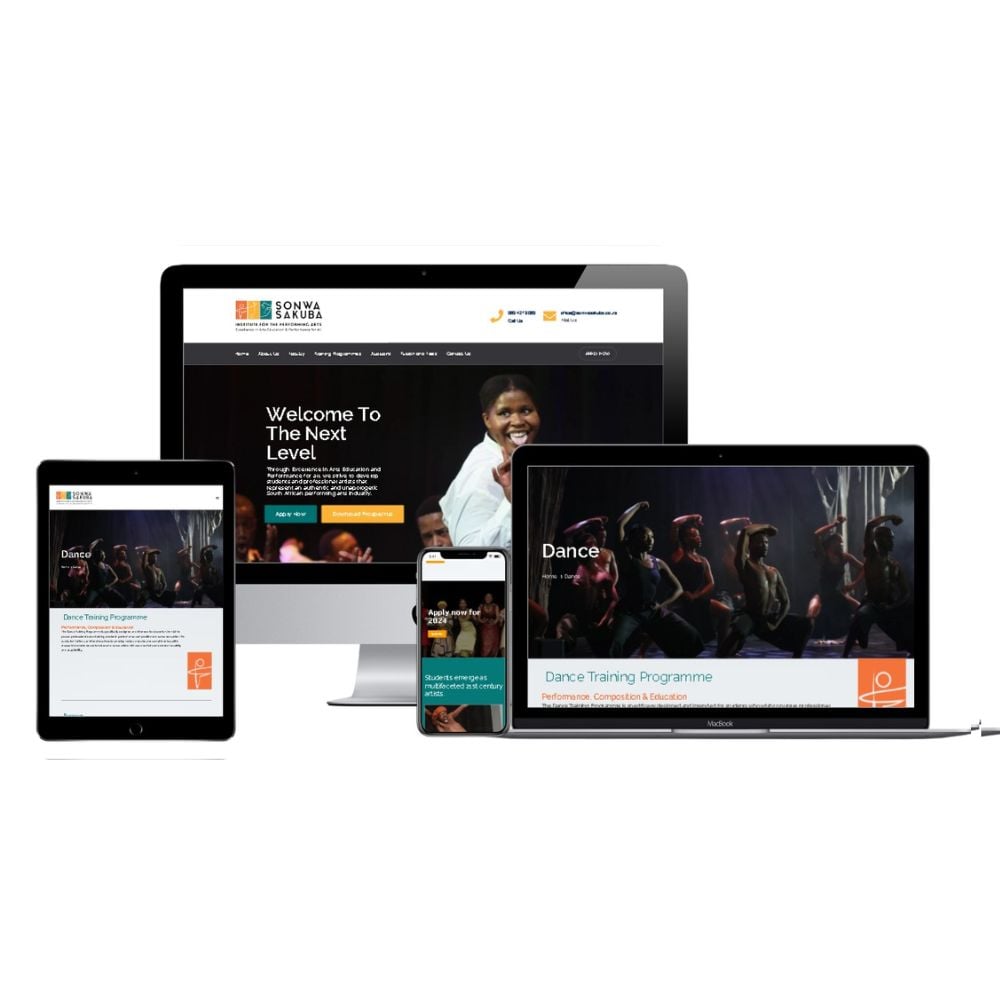Mobile-Friendly Website Design for Effortless Viewing on Any Device
Mobile-Friendly Website Design for Effortless Viewing on Any Device
Blog Article
Top Tips for Producing an Impactful Internet Site Layout That Transforms
To attain this, one need to think about a variety of factors, including comprehending the target audience, focusing on customer experience, and enhancing for mobile platforms. The tactical usage of compelling call-to-actions and a distinct visual power structure plays an essential function in guiding customers via their trip.

Understand Your Target Market
Recognizing your target audience is essential to effective internet site design, as it prepares for creating an interesting customer experience. Identifying who your users are, including their demographics, choices, and behaviors, enables designers to customize the site's material, design, and performance to meet certain needs.
Performing thorough marketing research is crucial in this procedure. Studies, meetings, and analytics can offer beneficial insights into user assumptions and pain points. By assembling this data, developers can create customer identities that stand for various sectors of the target market, guaranteeing that layout decisions are notified and appropriate.
In addition, recognizing the target audience assists in choosing suitable style components such as color design, typography, and images that reverberate with users. A website that talks straight to its target market cultivates a sense of connection and trust, motivating longer gos to and greater conversion rates.
Ultimately, a user-centered technique to site design not only enhances customer fulfillment however additionally sustains service purposes by driving engagement and commitment. By prioritizing the requirements and preferences of the target market, a site can effectively serve its objective and achieve wanted outcomes.
Prioritize Individual Experience
To improve the general performance of a web site, prioritizing customer experience (UX) is important (Website Design). A properly designed UX ensures that visitors can browse the website effortlessly, locate details rapidly, and involve with content meaningfully. This results in enhanced user fulfillment and greater conversion prices
Begin by carrying out instinctive navigating. Menus must be logically structured, permitting customers to find essential locations of the site with minimal initiative. Consistency in layout aspects, such as color design and font styles, cultivates experience, which is important for maintaining individual involvement.
In addition, think about the loading rate of your website. A hold-up of simply a couple of secs can lead to substantial drop-offs, as individuals are less likely to wait on a slow-loading web page. Enhancing pictures and enhancing code can improve performance and maintain visitors.
By focusing on customer experience, you not only develop a more delightful setting for visitors but also enhance your brand name's integrity. Inevitably, a focus on UX is an investment in the long-term success of your internet site.
Enhance for Mobile Instruments
Optimizing for smart phones is important in today's digital landscape, where an enhancing number of individuals accessibility sites with smart devices and tablet computers. A mobile-friendly style not just boosts user experience however also plays a significant role in enhancing online search engine rankings. To achieve this, it is important to adopt a responsive go to the website layout that immediately adjusts to various screen sizes and positionings.

Filling rate is one more critical variable; mobile individuals are generally less individual and expect rapid access to details. Optimize pictures and leverage web browser caching to improve performance. Test your internet site on numerous gadgets and screen resolutions to identify and fix any kind of possible usability problems. By prioritizing mobile optimization, you make certain that your internet site stays affordable and efficiently involves a more comprehensive audience.
Usage Compelling Call-to-Actions
A website's efficiency typically depends upon its ability to direct site visitors toward preferred actions, making engaging call-to-actions (CTAs) essential parts of design. CTAs serve as the essential factors that guide users to engage with the website, whether that implies purchasing, registering for a newsletter, or downloading a resource.
To create efficient CTAs, clearness is paramount. Use succinct language that clearly communicates the action you want the user to take. Expressions such as "Get going," "Register Free," or "Store Now" not just convey necessity yet additionally remove uncertainty. The positioning of CTAs is similarly crucial; they ought to be strategically positioned throughout the website to ensure they are easily visible, particularly in high-traffic locations.
Additionally, the style of CTAs need to stand out without being meddlesome. Use contrasting shades and clear font styles to ensure they why not try these out capture interest. Furthermore, consider utilizing directional cues, such as arrows or pictures, to assist users towards these buttons. By focusing on these components, services can substantially improve user involvement, driving conversions and ultimately accomplishing their website's objectives.
Focus on Visual Pecking Order
Effective web site style relies heavily on a well-structured aesthetic power structure that overviews users with material seamlessly. By arranging components in a manner that focuses on details, designers can improve individual experience and promote decision-making. This involves utilizing dimension, shade, comparison, and spacing purposefully to draw interest to one of the most important parts of a website.
Using larger fonts for headings and subheadings establishes a clear difference in between various sections, important source allowing users to check material effortlessly. Furthermore, utilizing different shades for buttons and calls-to-action can capture user focus and encourage interaction. Whitespace is one more essential part; it stops clutter and makes it possible for customers to concentrate on essential messages without diversions.
Images and graphics must enhance the text while likewise adhering to the well established pecking order, reinforcing the overall message (Website Design). Consistency in design components, such as shade plans and typography, additional reinforces the aesthetic pecking order, making navigating user-friendly

Verdict
In conclusion, reliable site design requires a thorough understanding of the target audience, prioritization of user experience, and mobile optimization. Inevitably, a well-executed internet site style offers as a critical element in driving user activities and achieving organization purposes.
Report this page